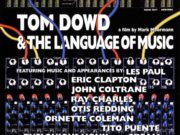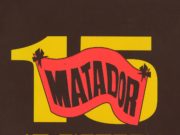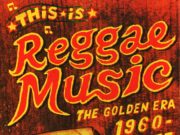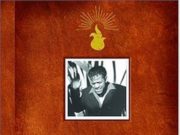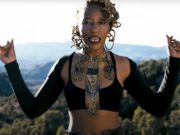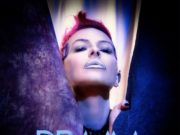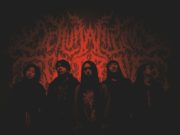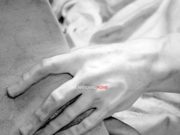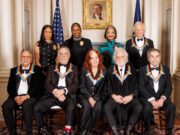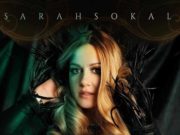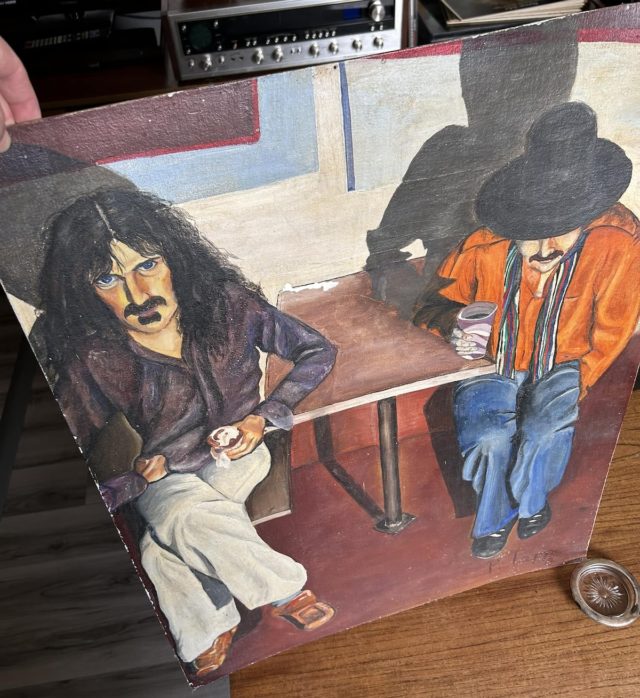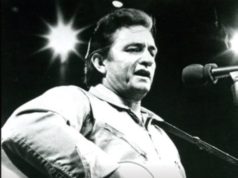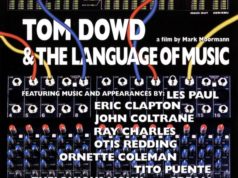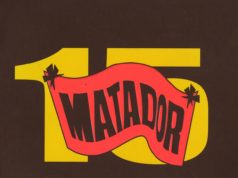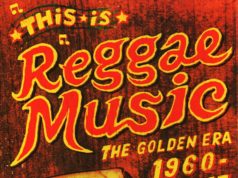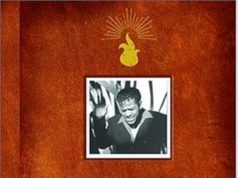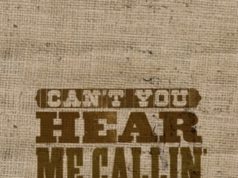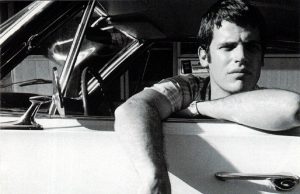 It was such an unusual thing to see in a junk shop — an amateur painting of the cover of Bongo Fury.
It was such an unusual thing to see in a junk shop — an amateur painting of the cover of Bongo Fury.
My partner and I go to lots of thrift shops, flea markets and yard sales. There are always great amateur paintings of landscapes, animals and Jesus. I particularly love paint-by-numbers stuff. My lady enjoys beach scenes. When it comes to musicians, Elvis is still the king. Even though we’re not really fans, I acquired a velvet Elvis to give as a Mother’s Day present (it needed four days in a reverse osmosis room to get the cigarette smell out). We’ve also got a guitar-shaped Elvis piggy bank, a hand-painted bust with a sunken forehead and a handmade guitar-shaped Elvis clock.
But a Frank Zappa/Captain Beefheart painting? That’s definitely unusual. So last spring, for $30, I took the unframed, slightly moisture-damaged thing home.
I have ADHD, and that leads to issues with impulse buying. This definitely falls within that category, but there’s something else at play here — the album has long been a complicated fascination of mine. I loved it right away when I first heard it as a teenager. Then I went off it. I really haven’t listened to the whole record in 30 years. I used to have the CD, which I gave to charity along with 400 others a few years ago. This week I spotted the vinyl LP for $10 and bought it.
This mostly live album has two studio tracks recorded in 1974 and seven live tracks recorded during a 28-show run between April 11 and May 14, 1975. Only two of the shows were used for the album — the April 20 and 21 shows at Armadillo World Headquarters in Austin, Texas. The ‘Dillo was an old National Guard armoury that was turned into a storied ’70s music venue; in fact, it was open from exactly 1970 to 1980 and demolished the following year to make way for a business tower.
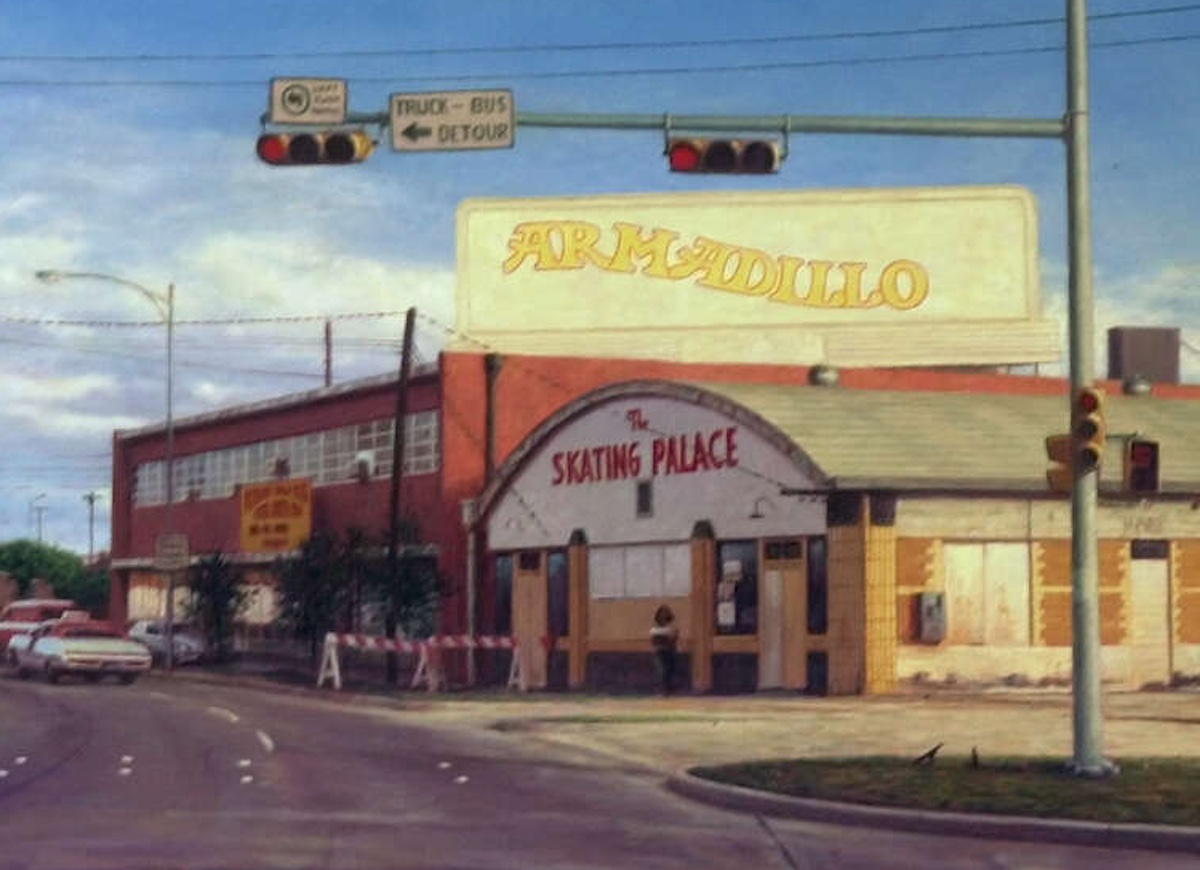
This short tour saw Beefheart and the last-ever incarnation of Zappa’s Mothers Of Invention play other legendary 70s live album venues, including:
• Cobo Arena, Detroit (KISS Alive!, Bob Seger Live Bullet)
• Kiel Auditorium, St. Louis (REO Speedwagon’s You Get What You Play For)
• Chicago International Amphitheatre (The Who’s 30 Years of Maximum R&B, UFO’s Strangers In The Night, Rainbow’s Down To Earth, Bloodrock’s Live)
• Capitol Theatre, New Jersey (KISS Alive II, Fleetwood Mac Live, Dave Edmunds’ I Hear You Rockin’, Blue Öyster Cult’s On Your Feet Or On Your Knees, The Name Of This Band Is Talking Heads)
• New Haven Veterans Memorial Coliseum (Van Halen’s Live Without A Net, Poco’s Live)
• Nassau Veterans Memorial Coliseum (Bruce Springsteen’s Live 75-85, Pink Floyd’s Delicate Sound of Thunder, Billy Joel’s Live From Long Island, Grateful Dead’s Long Strange Trip, Highwaymen’s Live!, Blue Öyster Cult’s Extraterrestrial Live, David Bowie’s Live Nassau Coliseum ’76; Zappa’s final U.S. concert in March ’88).
Beefheart (Don Vliet) and Zappa go back a long way and had a tumultuous relationship. The two met as teenagers in Lancaster, Calif. — both musicians with a fondness for Delta blues, doo-wop and R&B. They started making music together in Cucamonga as Soots, which is where they came up with the name Captain Beefheart.
Soots never took off, so Vliet went back to Lancaster and started The Magic Band while Zappa went to Los Angeles and put together The Mothers of Invention. Beefheart was notoriously difficult to work with and downright abusive. To make matters worse, his music was challenging and not the least bit commercial. So by 1968 he’d lost two band members, a manager and was wondering where his next album was going to be made, if at all. Enter Zappa, who offered his old friend a release on his new label Straight Records and promised him complete creative control. The result was the landmark Trout Mask Replica, produced by Zappa. Beeheart reportedly wrote the entire record on piano despite not knowing how to play the instrument. The June 1969 double album is both an undeniable masterpiece and impossibly weird.
The next Zappa/Beefheart effort came four months later on Zappa’s first post-Mothers album, Hot Rats. Beefheart provides the lead vocal on the track Willie The Pimp — the only song on the record with lyrics, and also the one which name-checks the album’s title. This song got played quite a bit on the Bongo Fury tour, though wasn’t included on the album. It was around this time the two men had a falling out and didn’t work together again for five years. In 1974, Beefheart was again in contractual disputes and found himself unable to record or perform. And once again, Zappa came to his difficult pal’s aid, inviting Beefheart to join The Mothers. He provides harmonica on the incredible One Size Fits All track San Ber’dino under the pseudonym Bloodshot Rollin’ Red.
During this time, the pair started working on songs which would end up on Bongo Fury — including the album’s two studio tracks: 200 Years Old and Cucamonga. Beefheart also played harmonica on two tracks on Zappa’s 1976 album Zoot Allures — Ms Pinky and Find Her Finer — credited as Donnie Vliet.
But Bongo Fury is their best work together. There are two Beefheart-penned songs on the record, both predominantly spoken word: Sam With The Showing Scalp Flat Top and Man With The Woman Head. Both tracks are just fantastic. Beefheart wordplay and imagery are exalted by Zappa’s lead guitar and the interpretive/reactive performances of the other Mothers — Terry Bozzio, Napoleon Murphy Brock, Denny Walley, George Duke and Bruce Fowler.
The album opens with Debra Kadabra, a rocker with a multitude of time signatures and lead vocals by Beefheart. It may have been written by Zappa, but the colour and interpretation by Beefheart are certainly worth credit.
This transitions beautifully into Carolina Hardcore Ecstacy, the lush beginning and unbelievable guitar solo ending of which are absolutely fantastic. But sadly, the bulk of this song is the kind of Zappa material I just can’t stand — the sexual escapade road story stuff. It’s pervy, cringey, smug and not funny at all. I turn it down or skip this stuff when it comes on because it embarasses me.
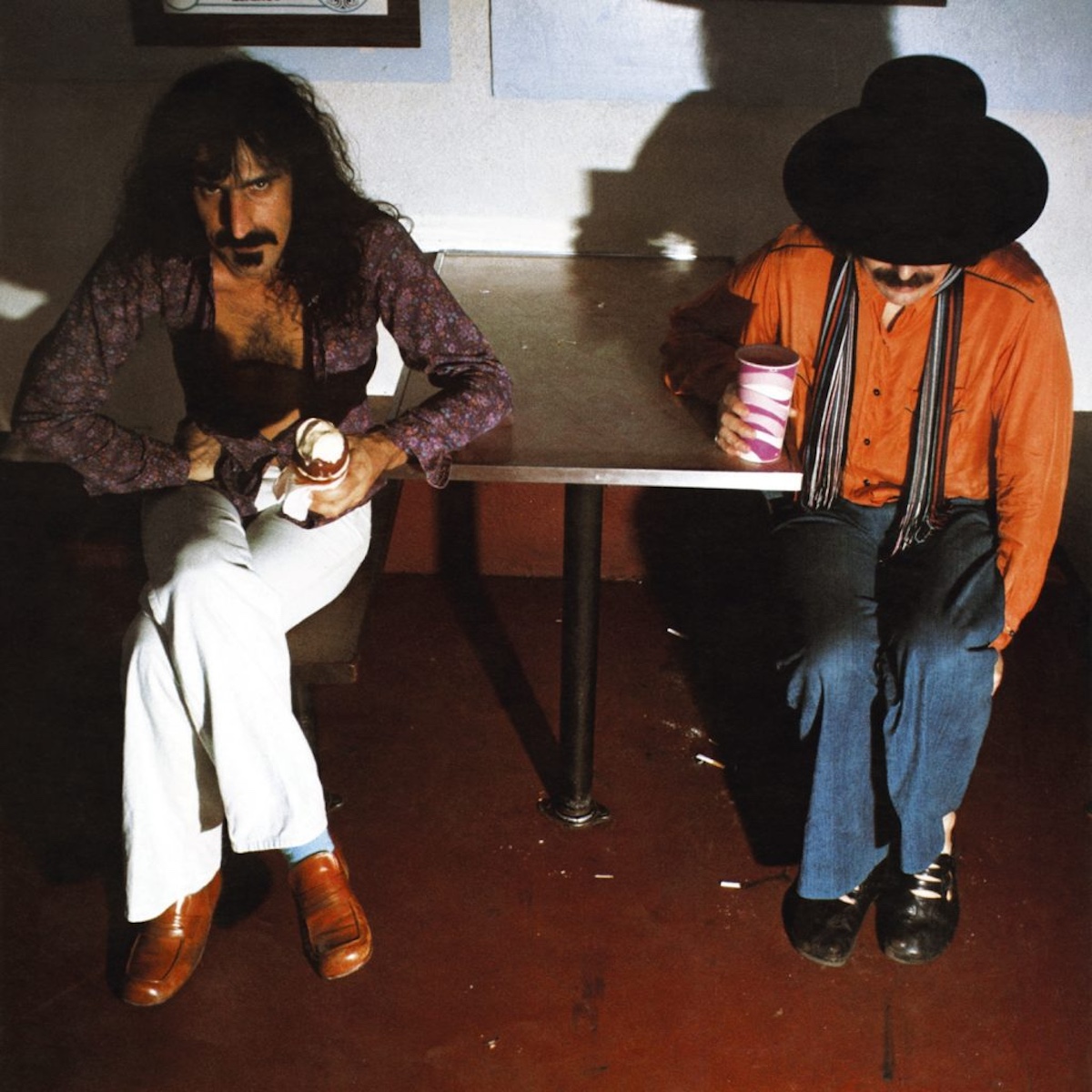
Sam With The Showing Scalp Flat Top is next — awesome, and so too is the countrified Beefheart-sung Zappa track about the coming onslaught of tacky bicentennial merchandise, Poofter’s Froth Wyoming Plans Ahead. Side 1 wraps with one of Zappa’s best songs in his entire 60-plus album catalog, 200 Years Old. It’s an incredible, non-standard blues number featuring vocals by both Zappa and Beefheart.
Cucamonga, influenced by the pair’s teenage years together, is a song I can take or leave, really. It’s closely-related to the track Camarillo Brillo on 1973’s Over-Nite Sensation.
Advance Romance follows, which is kind of the album’s centrepiece. Another track ruined for me by the pervy crap, which is sad because there’s lots to like about it otherwise. This and Carolina Hardcore Ecstasy were the most-played songs on the Bongo tour. Musically both songs are brilliant.
Finally, you have the great tandem of Man With The Woman Head and Muffin Man, showcasing the clever wordplay of both Zappa and Beefheart. And, if you like face-melter guitar solos — oh man — Muffin Man is epic.
After the album and tour, the pair fell out again and Beefheart left the music business altogether by 1982. The pair patched things up for good when Beefheart got word his friend was dying of prostate cancer. He called Zappa once a week and they listened to albums of their youth together over the phone.
Zappa passed away at age 52 on Dec. 4, 1993. Beefheart followed on Dec. 17, 2010. He’d been in the business just 18 years and out of it for 28 when he passed at age 69.
• • •
Area Resident is an Ottawa-based journalist, recording artist, music collector and re-seller. Hear (and buy) his music on Bandcamp, email him HERE, follow him on Instagram and check him out on Discogs.



